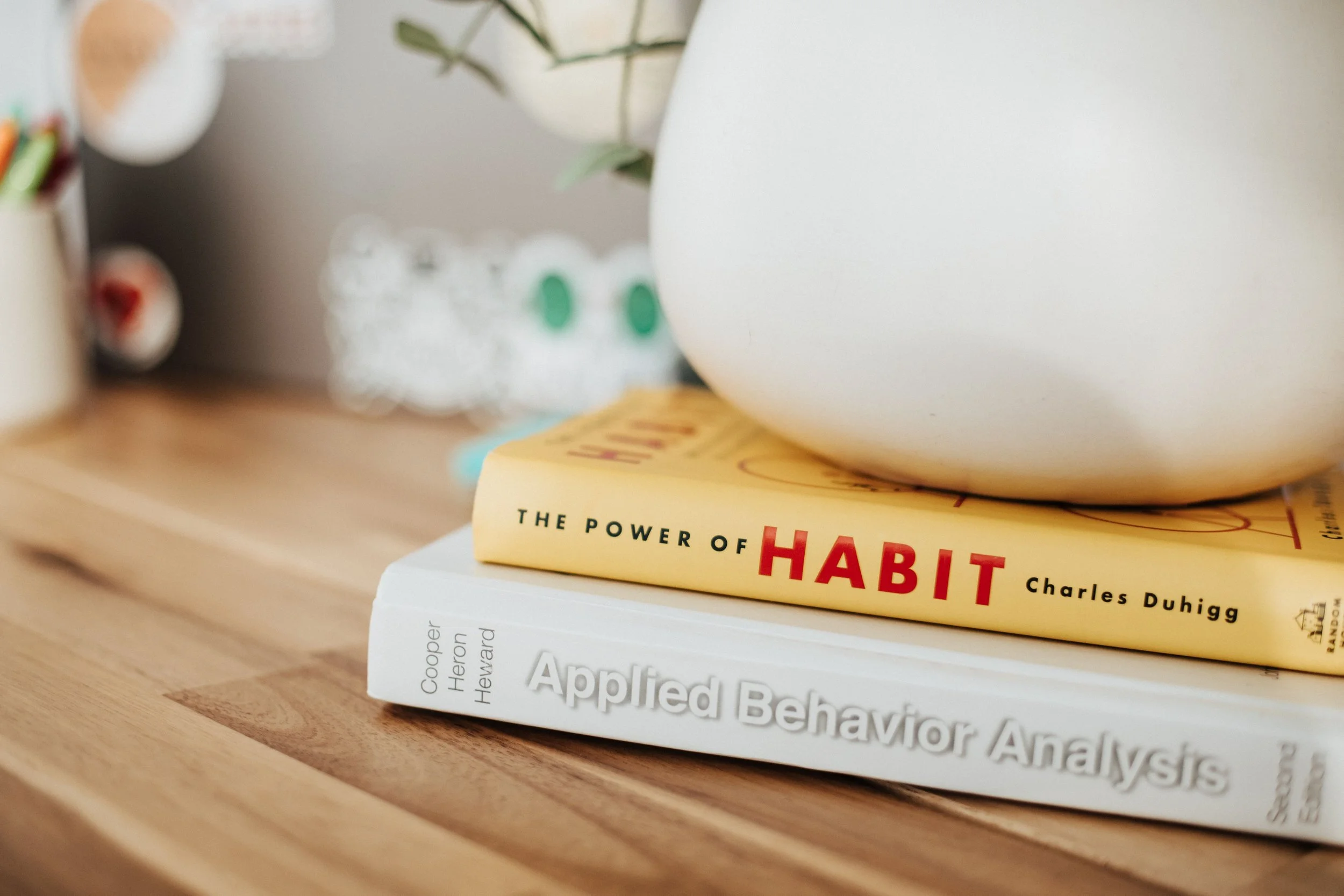What is Behavioral Health?
A Complete Guide to Applied Behavioral Analysis, by Sarah Welsh, MEd, BCBA, TVI (2025)
Behavioral Health 101
Behavioral health encompasses your daily habits, choices, and actions and how they impact your overall well-being. It’s the science behind why some behaviors stick while others fade and how you can create lasting, meaningful improvements in your life.
Applied Behavior Analysis (ABA) is the application of behavioral health and helps people, parents, educators, and professionals ditch their frustration and finally build habits and systems that actually work.
Behavioral Science: The Secret Behind Why We Do What We Do
Ever wonder why some people can pick up a new habit effortlessly while others struggle? Why some kids listen the first time (and others… don’t?) Why your patients know what they should do—but don’t do it?
That’s behavioral science in action. Behavioral science studies how people learn, act, and respond to their environment. It helps us understand:
Why habits form (and why they’re so hard to break).
How external cues shape behavior (sometimes without us even realizing it).
What strategies actually work when it comes to lasting change.
When we apply these principles in real life, we get Applied Behavior Analysis (ABA).
The Science Behind Applied Behavior Analysis (ABA)
When people struggle to change, it’s not because they don’t want to—it’s because their environment, habits, and systems are working against them. By understanding how behavior works, you can stop relying on willpower and start creating real, lasting change—for yourself, your family, your students, or your clients.
ABA focuses on:
Reinforcement – Encouraging behaviors that lead to success.
Environment Design – Removing roadblocks to make good habits easier.
Behavior Patterns – Identifying what’s really causing the problem (hint: it’s not just “laziness” or “lack of motivation”).
Benefits of Applied Behavior Analysis
The best part about Applied Behavior Analysis is that it’s not some complicated theory or one-size-fits-all miracle worker. The goal of ABA is to set up your environment so success becomes the natural outcome.
It’s Proven. ABA is backed by decades of research and real-world results. This isn’t a trend—it’s a science.
It’s Personalized. No cookie-cutter strategies here. ABA is tailored to your goals, challenges, and lifestyle so you can create real, lasting change.
It’s Actionable. Forget vague advice or relying on willpower. ABA gives you clear, step-by-step strategies that you can use in real life.
It Works Across the Board. ABA isn’t just for kids—it’s used to help parents, teachers, healthcare professionals, and high achievers break frustrating cycles and build better habits.
You Can Use It Right Away. Whether at home, in the classroom, or at work, ABA is designed to be practical and easy to implement—so you can start seeing progress fast.
What Does an ABA Behavior Technician Do?
A Behavior Technician is like a behavior change coach—they work directly with people to help shape new skills and reinforce positive behaviors. They teach new skills through structured interventions. They also collect data to measure progress and support behavior change in real time.
How ABA Helps in Everyday Life
You don’t have to be a scientist or therapist to use Applied Behavior Analysis—it’s something you can apply in real life to make behavior change easier, not harder.
Parents can use ABA strategies to reduce tantrums and improve cooperation at home.
Educators can structure classrooms for better focus and fewer disruptions.
Healthcare & wellness professionals can get patients to actually follow treatment plans.
High achievers can break frustrating cycles and build habits that stick.
ABA doesn't require strong willpower or excellent discipline. All you need is to understand the why and then create a strategy.
ABA Behavioral Health: Frequently Asked Questions
What are examples of behavioral health?
Behavioral health covers everything from stress management to daily habits. Examples include building healthier routines, improving emotional regulation, reducing anxiety, and following through on treatment plans.
What does a behavioral health person do?
A behavioral health professional helps people understand and change their behaviors using science-backed strategies. Whether it’s a therapist, coach, or behavior analyst, the goal is to improve daily habits, mental well-being, and overall quality of life.
What are the 4 behaviors of ABA?
ABA focuses on four key areas of behavior change:
Reinforcement – Encouraging behaviors we want to see more of.
Prompting – Giving cues or reminders to shape new behaviors.
Extinction – Reducing behaviors by removing reinforcement.
Generalization – Making sure new skills work in different settings.
What happens in ABA therapy?
ABA therapy starts with a deep dive into behavior patterns. We identify what’s working and what’s not and create a personalized plan using reinforcement, structure, and environmental changes to help build better habits and reduce challenging behaviors.
What is an example of a behavior in ABA?
A common example is teaching a child to use words instead of throwing a tantrum. Reinforcing communication and reducing frustration-based behaviors helps build skills that make life easier—for kids and parents alike.
Take Control of Your Behavioral Health
Willpower fades. Systems don’t. Let’s get you back in control of your life.

